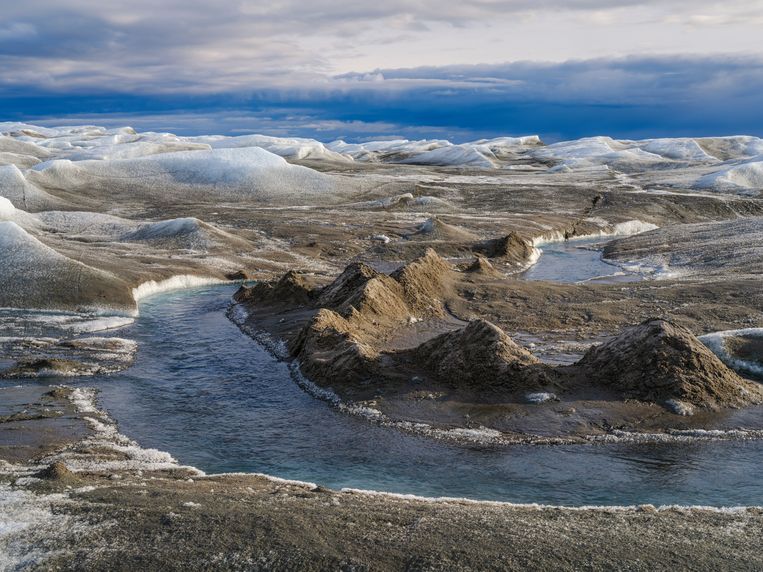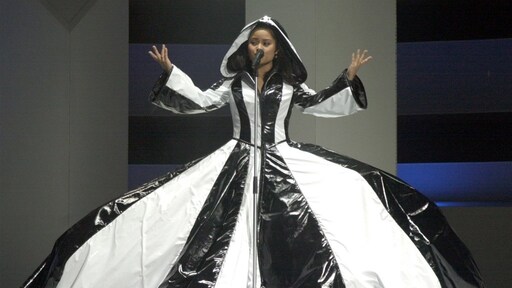Three of them have already lost their supporting ice shelves to the sea, while the other five are in danger of entering accelerated melting, or are already doing so. This could have “serious consequences for sea level rise,” wrote the French-Danish team studying the phenomenon. Condition of particular glaciers In the trade magazine Nature Communications. Together, the glaciers cause sea levels to rise by about 2.1 metres.
Polar scientist Rodrik van de Waal of Utrecht University qualifies this scenario: it is unlikely to come to this. “The situation in Greenland is very different from Antarctica. What you see here is not an ice sheet about to collapse, but rather a kind of negative part that is falling. Rather, I expect a new equilibrium to emerge, with the ice sheet retreating a little.”
So far, measurements have shown that Greenland is losing mass mainly in the southeast and west. In the north there seems to be little going on. “But this is an early warning that something is going to happen here,” says van de Waal. “Very worrying, when you see it that way.”
He is particularly concerned about the deeper reason behind the weakening of the glaciers: seawater around the Arctic has clearly warmed more than expected. That water eats away the parts of the northern glaciers that settle in the sea, causing them to melt, causing the glaciers to flow faster. Over the past 45 years, the floating ice shelves holding back glaciers have lost about 35 percent of their volume.
Zachariah Estrom
These are glaciers with names unknown to ordinary people, such as Petermann, Ryder, Stensby and Bystrup. Already between 2003 and 2010, the floating tips of the Zacharia-Eström, Ostenfeld and Haagen-Bray glaciers collapsed. But five other glaciers suddenly underwent “major changes” after 2000, according to the team led by a glacier expert. Romain Millan from the University of Grenoble.
The good news, says Van de Waal, is that most of Greenland’s ice points are located in narrow fjords. This actually slows the shrinkage of the glaciers. Moreover, smaller amounts of glacier extensions lie below sea level than in Antarctica, where depth is the critical weak point that makes many glaciers vulnerable to accelerated shrinkage. The exception in northern Greenland is the Petermann Glacier, which accounts for a total sea level rise of 38 cm.
Below frost line
Sea level is currently rising by about 3.7 mm per year. Greenland now contributes about 0.8 millimeters to this. Recently, an average of 300 billion tons of ice has disappeared from the continent each year. About two-thirds of this is due to glaciers sliding into the sea. A third is scheduled to melt on the surface of the ice-covered continent, which is large enough to include the Benelux countries, Great Britain, France, Spain and Portugal.
The fear is that global warming will cause more and more of the Greenland ice sheet to remain below the frost line, which would set off a self-reinforcing chain reaction of melting, without replenishing the disappearing ice with snow. “Then the ice sheet will be doomed to disappear,” Van de Waal predicts.

“Lifelong food practitioner. Zombie geek. Explorer. Reader. Subtly charming gamer. Entrepreneur. Devoted analyst.”










More Stories
The Pope to priests: The church is not collegial unless the parishes are
More than 100 students demand that Ghent University stop cooperating with Israeli institutions and threaten to occupy the building on Monday
The Pope warns that uniformity in the Church is deadly